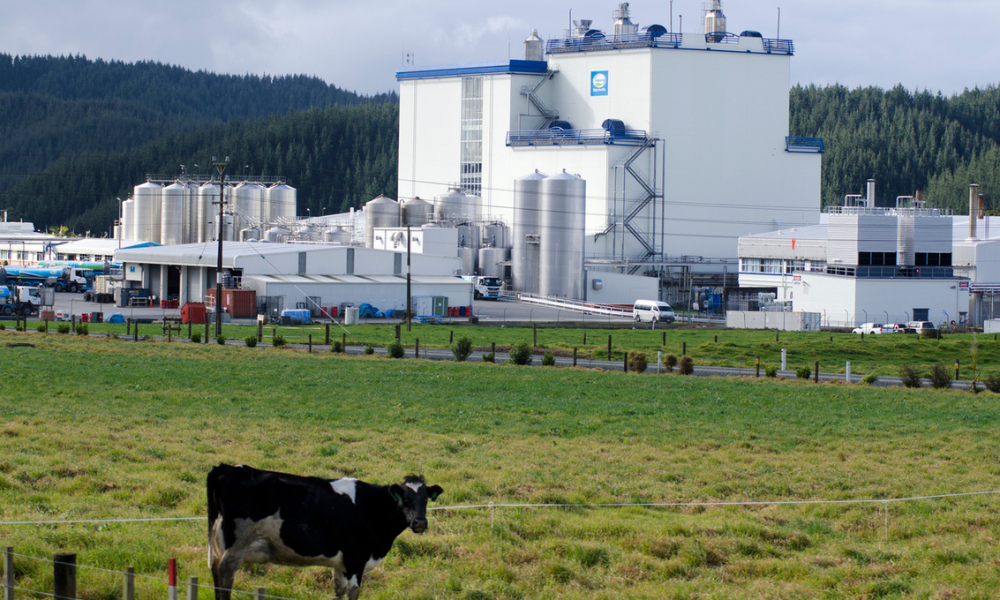Office occupancy levels are on the increase as organisations squeeze in more desks and workers as they try to save money, suggests a new report.
HR professionals may need to brush up on their conflict resolution skills with a new report showing that office workers are worker closer together than ever before.
The latest workplace report from Colliers International latest shows in New Zealand central city workplaces over the last two years there has been a significant increase in "occupational density".
The survey, which covers leases entered into between August 2012 and July 2014, found that CBD office workstations were taking up 16.4 square metres, compared to 17.1sq m previously.
According to Alan McMahon, Collier's national research and consulting director, businesses were squeezing in more workers into offices to be more economic with the floorspace they rent.
“The drive for less space per workstation implemented by tenants to increase efficiency and reduce overall costs is unsurprising, but some sectors have stood out from the others,” McMahon said.
“Typically the market focuses on efficiencies in higher graded premises, however, nationally B and C grade buildings also reported increasing density.”
In Auckland the results showed only a marginal reduction from 16.8sq m per workstation to 16.6sq m. However, if legal offices were excluded the density is much higher at 14.8sq m per workstation.
“In this survey, there were a number of high profile leases predominantly in A grade buildings to legal firms. Premises occupied by the legal sector typically have a higher number of private offices, which can influence the overall density results,” McMahon explained.
“If we exclude the legal sector, there has been a drop of more than 10% in space per person over a two-year period. This is one of the largest increases in density we have recorded in such a short space of time since our survey began in 1998.”
In Wellington CBD office density in 2014 is now 16.4sq m per workstation compared to 17.5sq m per workstation in 2012. However, in capital's public sector workstation space had shrunk from 17.2sq m per workstation to 13.4m2.
“The biggest shift in density and total occupancy costs (TOC) in the 2014 report has been in Wellington CBD’s public sector. Density has increased from 17.2sq m per workstation to 13.4sq m per workstation. TOC has decreased from approximately $7450 per workstation in 2012 to $4450 in 2014, a saving of approximately 40%”.
Office density in the private sector in Wellington is at 18.7sq m per workstation in 2014 compared to 17.7sq m in 2012. Occupancy costs have remained broadly stable at just under $6,500 per workstation.
“Given that the government occupies just below 40% of the occupied office market in Wellington’s CBD, supply and demand dynamics are expected to be altered in the future as more leases at higher density rates are undertaken,” McMahon said.








